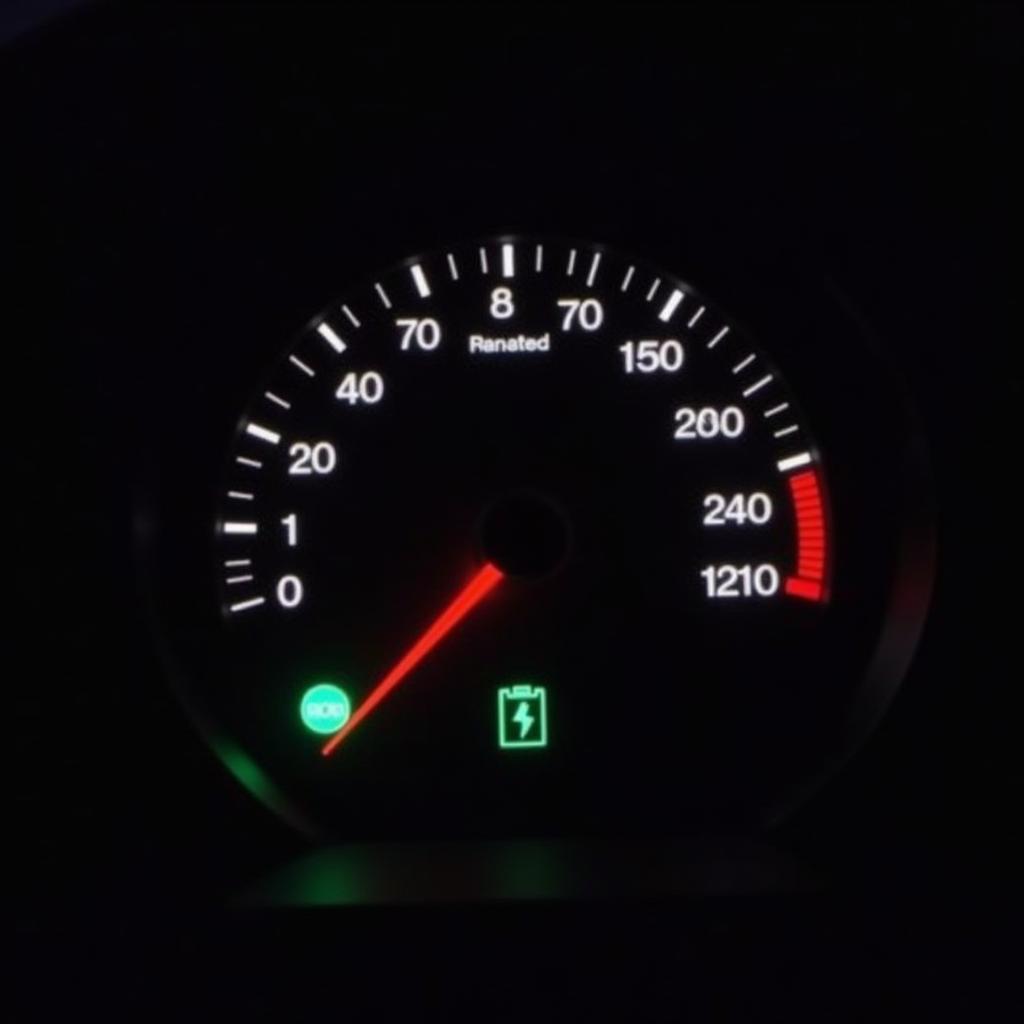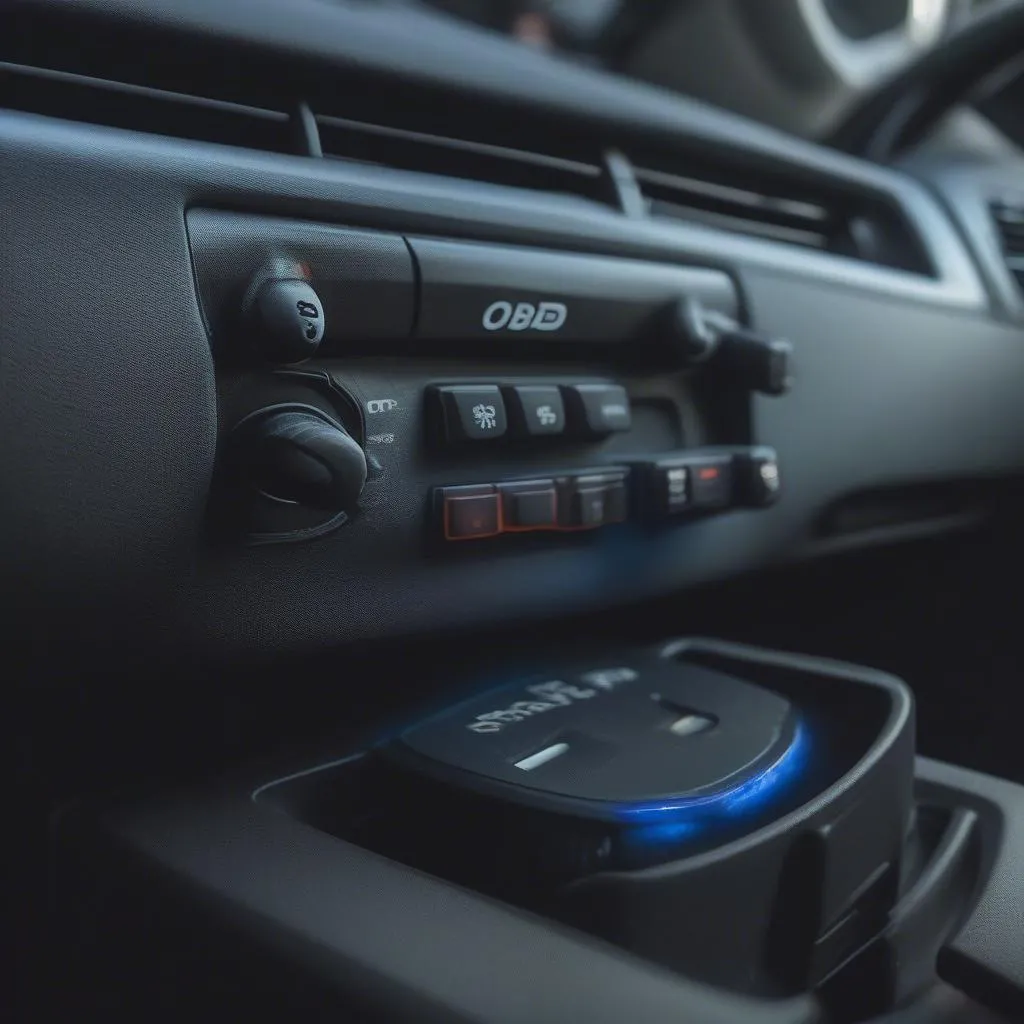A dead or weak battery is the most common reason why a car won’t start. If you turn the key and hear a clicking sound, or nothing at all, a low battery is likely the culprit. This article will guide you through diagnosing and fixing a “car won’t start low battery” situation, offering expert advice and practical solutions. Let’s get your car back on the road!
It’s frustrating when your car won’t start, especially when you’re in a hurry. Before you call a tow truck, check if a low battery is the problem. Many times, a simple jump-start or battery replacement can get you moving again. This article explores various reasons why you might be facing this issue, from leaving the lights on to a faulty alternator. We’ll also cover preventative measures to avoid future battery problems. 2002 buick lesabre brake warning light
Diagnosing a Low Car Battery
Several signs point to a low battery being the reason your car won’t start. The most obvious is a slow or weak crank. When you turn the key, the engine struggles to turn over or doesn’t turn over at all. You might also hear a clicking sound, which is the starter solenoid engaging but lacking the power to crank the engine. Dim headlights, especially when the engine is off, are another indicator of a weak battery. Lastly, check your dashboard warning lights. A battery icon illuminates if there’s a problem with the charging system.
 Car Battery Clicking Sound
Car Battery Clicking Sound
Common Causes of a Low Car Battery
Leaving lights or accessories on overnight is a classic way to drain your car battery. Extreme temperatures, both hot and cold, can also affect battery performance. Cold weather slows down the chemical reactions inside the battery, reducing its ability to deliver power. A faulty alternator prevents the battery from recharging while the engine is running, eventually leading to a low charge. An old battery simply reaches the end of its lifespan and can no longer hold a charge effectively. Corroded battery terminals can also disrupt the flow of electricity.
How to Jump Start a Car with a Low Battery
If a low battery is indeed the problem, jump-starting is a quick fix. You’ll need jumper cables and another vehicle with a working battery. First, connect the positive (red) cable to the positive terminal of the dead battery. Then, connect the other end of the red cable to the positive terminal of the good battery. Next, connect the negative (black) cable to the negative terminal of the good battery. Finally, connect the other end of the black cable to a metal ground on the car with the dead battery, away from the battery itself. Start the working vehicle and let it run for a few minutes. Then, try starting the car with the dead battery. If it starts, disconnect the cables in reverse order.
Preventing Future Low Battery Issues
Regular maintenance is key to preventing future battery problems. Have your battery tested regularly, especially if it’s more than three years old. vehicle brake warning label Make sure your alternator is functioning correctly to keep the battery charged. Clean your battery terminals to ensure a good connection. Finally, be mindful of leaving lights and accessories on, especially overnight.
When to Replace your Car Battery
Most car batteries last between three and five years. If your battery is nearing or past this age, it’s wise to consider a replacement. Signs like needing frequent jump-starts or experiencing dimming headlights are clear indicators it might be time for a new one.
“A proactive approach to battery maintenance can save you from the frustration of a car that won’t start,” says John Smith, Senior Automotive Technician at Acme Auto Repair. “Regular checks and timely replacements can significantly extend the life of your battery and prevent unexpected breakdowns.”
Conclusion
A “car won’t start low battery” situation is a common and often easily resolved issue. By understanding the causes, symptoms, and solutions, you can quickly diagnose and fix the problem yourself or seek professional help when necessary. Regular maintenance and preventative measures will keep your car battery healthy and minimize the chances of being stranded with a dead battery. Don’t let a low battery ruin your day – be prepared and stay on the road!
FAQ
- What are the signs of a low car battery? Slow crank, clicking sound, dim headlights, and a battery warning light on the dashboard.
- Can extreme temperatures affect my car battery? Yes, both hot and cold weather can impact battery performance.
- How long does a car battery typically last? Three to five years.
- How can I prevent future low battery problems? Regular testing, alternator checks, cleaning terminals, and being mindful of leaving lights on.
- What should I do if my car won’t start due to a low battery? Try jump-starting it. If that doesn’t work, consider replacing the battery.
- How do I jump-start a car? Connect jumper cables correctly between the dead battery and a working battery, then start the working vehicle.
- When should I replace my car battery? If it’s older than three years, requires frequent jump-starts, or shows signs of weakness like dimming headlights.

